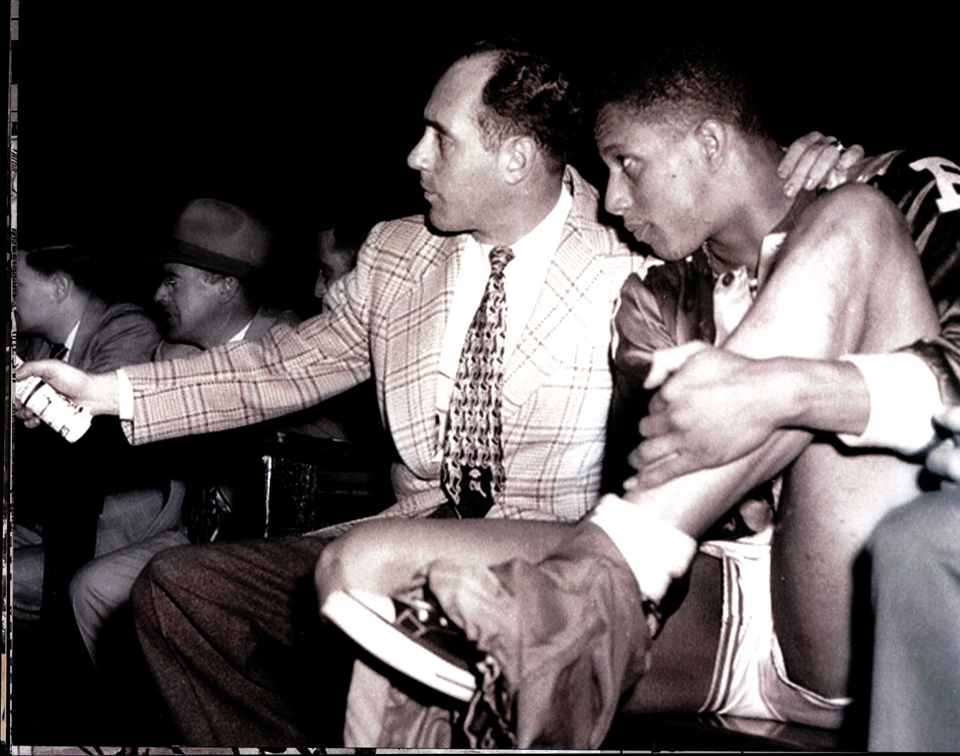By Sam Leon|Student Columnist
We’re being scared smokeless. In the past two years, the CDC, or the Center for Disease Control and Prevention, has taken a strong approach to anti-smoking advertising. It has released several installments of its personal, engaging campaign named “Tips From Former Smokers.” The commercials feature real people—often chronically and seriously sick from tobacco use—talking about their stories directly to the viewer. The commercials are attention-grabbing, but is a fear-inducing style of advertising going to create substantial and lasting effects? It might not be as effective as many people are hoping and thinking.
There are not many hard statistics related to the campaign and number of smokers in the United States. It would be difficult to accurately measure the effectiveness of the ads because of the fluctuating nature of addiction and personal choices, particularly in a short period of time. Perhaps a longer time period—upward of five years or a decade—could tell if the campaign has changed the hearts and health of Americans. What has been measured is the traffic that the ads have garnered for the campaign website and quitline. According to Time, the CDC reported an additional 100,000 calls during one nine-week session of ads. Also reported was an estimate of over half of a million visitors to the website, but no professional data on the number of permanent quitters has been calculated.
With the 100 billion dollar American tobacco industry encompassing 42 million smokers, the path toward a healthier non-smoking population is a difficult one. The Tips From Former Smokers campaign is cost effective in terms of a government program—costing just $48 million. The CDC clearly hopes that the potency of the ads will makeup for the small amount of advertising funds that they are using against the tobacco industry’s scale-tipping promotion funds. According to the CDC, the campaign’s entirety costs as much as the tobacco industry typically spends in just three days on advertising.
The commercials are not comfortable or easy to watch—nor are they encouraging at all. They are a perfect and blatant example of scare tactic advertising. The primary function of this type of campaigning is to use fear as well as other negative emotions such as guilt to change behavior. And it’s very persuasive.
But fear may not be the best fit for smoking Americans in particular. Psychologicalscience.org covered a study of the receptiveness of fear in advertising on certain health behaviors and habits. Melanie Tannenbaum of the University of Illinois Urbana at Champaign first introduced her research around the same time the first batch of Tips from Former Smokers ads were released last year. The research that she collected is among the first comprehensive data for scare tactic advertising. Nearly 300 papers were screened for inclusion and the chosen 132 research papers were analyzed for patterns. Overall, the data did show that fear causes reaction, but it also zeroed in on some important variables. The research shows that scare tactics worked better on one-time behaviors rather than habits like smoking or lifestyle changes. There was also a gender and ethnic disparity found—that scare tactics were more effective on female groups and Eastern ethnicities rather than those of Western decent.
This data has a lot of room for interpretation in relation to Tips From Former Smokers. With all of the graphic content in America’s media driven society as well as the ability of technology to skip commercials, the ads could go lukewarm. Everyone already knows the risks of tobacco use—it’s drilled into the brains of students now. So who wants to be lectured on something they have already been lectured about? The intensity and graphic nature of the videos, paired with the strong statements can come off as preachy and abrasive.
Also, the immediacy of the issue is a concern. Since it usually takes decades to feel the serious health effects of tobacco use, many people may not be moved by the messages if they are currently in good health. Even further, the advertisements could cause such alarm and stress that a smoker could turn to his preferred method of stress relief, smoking, and end with a complete backfire. It’s difficult to turn a society from primarily operating on immediate gratification and results to long term, preventative thought patterns and behavior changes. But maybe that’s the type of game-changer that America’s smokers—or equally as important, potential smokers—need at this point.
What may be a good addition to the commercials is something more positive either at the end of the frightening videos, showing juxtaposition of the enjoyment of a life without tobacco and a life destroyed by it. Americans don’t want to be bullied or scared into choice. They want to have all the options presented to them and they want to make the choice themselves. Positive lifestyle changes should also be heavily pushed, advertised, and made attention garnering by the CDC. Inspiration may just be a stronger motivator than fear.
Sam Leon is a senior English major and can be reached at leons@duq.edu




